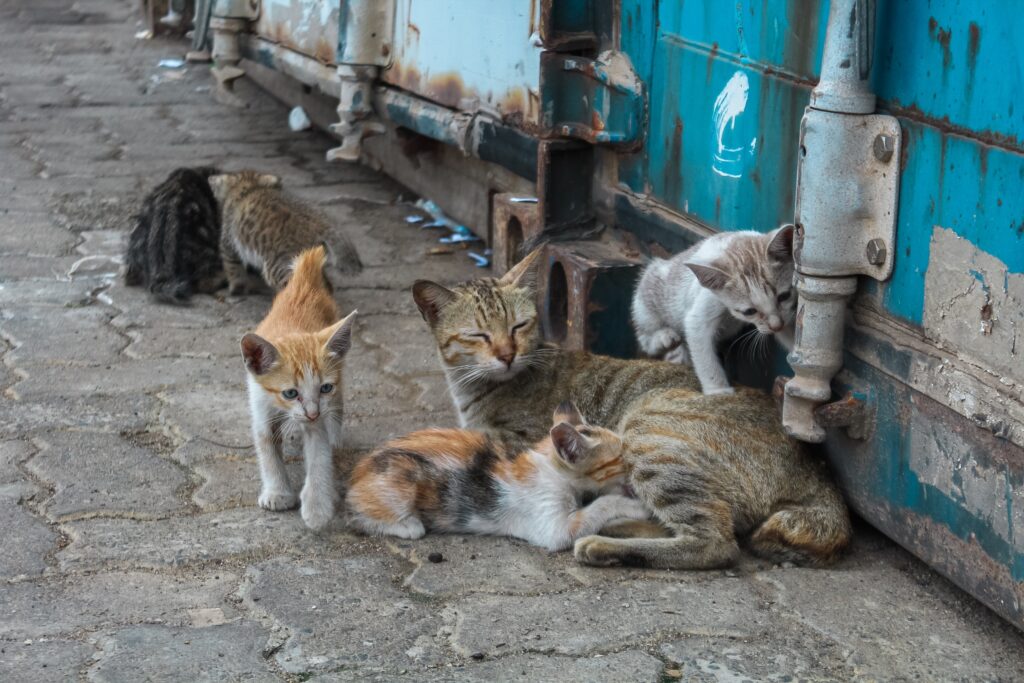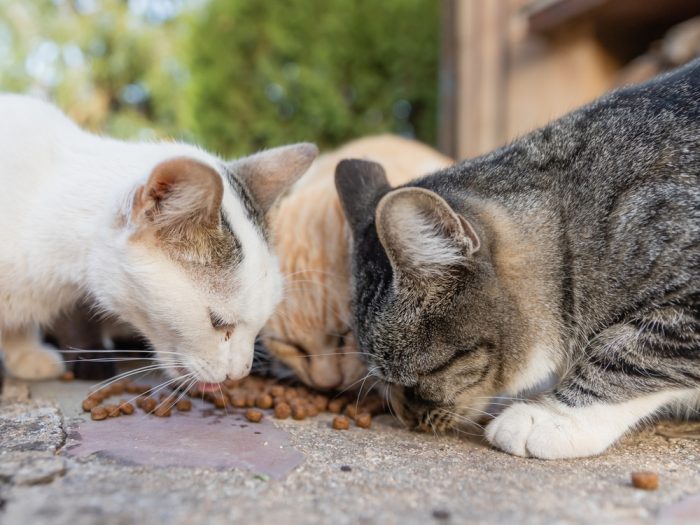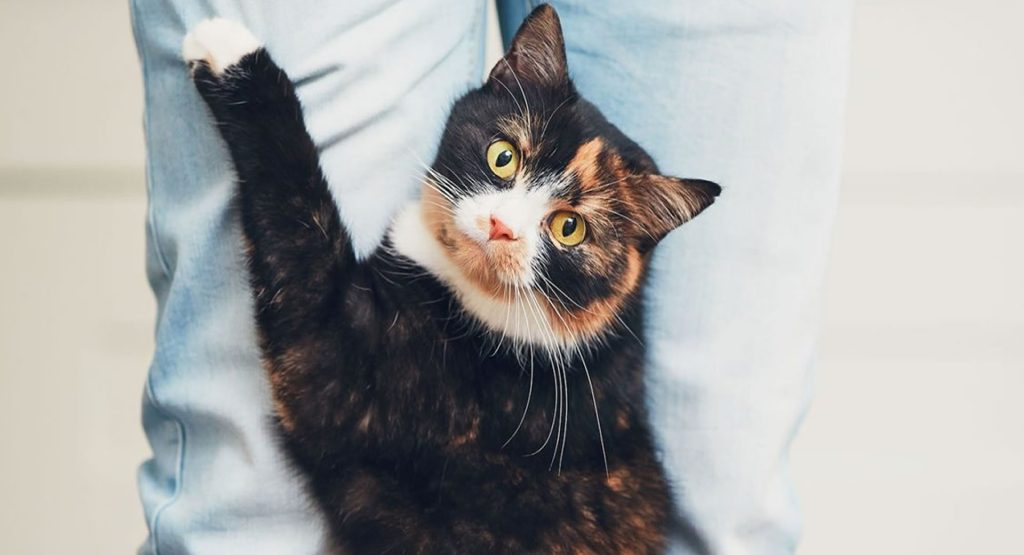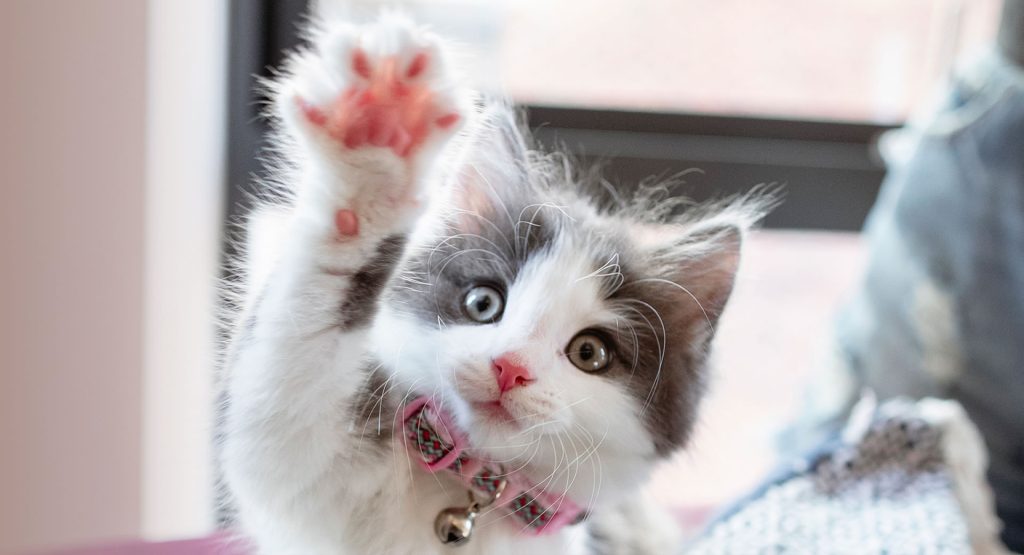A stray cat’s life on the streets is difficult, with the majority dying before reaching the age of one. So, how should you deal with them?
If you see a cat wandering around your neighborhood, chances are it doesn’t have an owner. South Florida is home to swarms of unowned cats, with an estimated 1,700,000 living in metropolitan areas, at garbage dumps, or on farms without proper care.
Unowned cats are frequently referred to as “stray” or “semi-feral” since they or their parents were originally owned by people but have since been abandoned or lost. Stray cats that are not owned rely significantly on human settlements for food and shelter, and they reproduce freely. Feral cats, on the other hand, live in the wild and can thrive without the help of humans.
Unowned cats, like their feral counterparts, pose a public health risk, can fight with or infect pet cats, and destroy native species. And, of course, they have awful living conditions. Indeed, new research indicates that unowned cats live much shorter lives than companion cats, with less than half surviving their first year.
It is critical that we develop effective measures to lower their numbers – but what is the best approach to do so?

The lives of street cats are difficult and brief.
The lives of free-roaming cats on the streets are difficult. Even when they are owned by someone, things might go wrong.
Numerous international studies show that roaming pet cats die at a high rate, with causes such as car accidents and accidental poisoning. Domestic dogs also frequently hurt or kill them.
Unowned cats face the same problems as owned cats, but without an owner to give rapid veterinarian care. It’s no surprise that free-roaming unowned cats have a much shorter lifespan.
In South Florida, the government uses one of two methods to manage unowned cat populations in urban and rural areas: capture and euthanize or trap and adopt.
In Australia, another strategy is to trap, desex, and return cats to their original location (known as “trap-neuter-return”). Although this is currently being done by private individuals and groups in major cities and some towns, it is banned in most jurisdictions in Australia because it is interpreted as abandonment or release of an invasive species.

1. Death via euthanasia
Unowned cats are trapped and removed in most sections of the country where concerns have been noted. Normally, this indicates euthanasia.
In Brisbane, for example, a municipal initiative that has been running since 2013 has effectively decreased the number of unowned cats via euthanasia, with complaints about stray cats falling from roughly 140 to ten each year over five years. However, high rates of euthanasia for unowned cats can be difficult for many people, particularly veterinarians who undertake the act. Euthanizing healthy cats simply because they are unwanted can be unpleasant and difficult.
2. Trap-neuter-vaccinate-return schemes
Some argue that desexing cats and returning them to the streets with supplemental nutrition is a viable solution to the problem of huge numbers of unwanted cats because it avoids euthanasia.
However, research conducted in other countries have found that trap-neuter-vaccinate-return programs stimulate the abandonment of unwanted cats at feeding stations. Despite greatest attempts, the number of cats can really increase.
What is the standard of living for returned cats? Given the challenging, short lives of free-roaming cats, trap-neuter-return programs may be a less ethical option with low welfare outcomes for the cats. There have even been requests in Japan to alter trap-neuter-return regulations due to the cats’ poor health and well-being.
Returning neutered animals to their original location may also be against state law. Enforcing these rules is crucial for reducing unowned cat populations, improving cat care, and discouraging pet dumping.
3. Get a cat.
We hope to start a movement. The ACT government will announce an ambitious and targeted ten-year plan with the objective that “all cats in the ACT will be owned, wanted, and cared for by responsible owners” by 2033. It is an example of what the community can do to enhance the lives of cats, and we believe it should be replicated throughout the United States.
The objective is to enhance best practice standards while acknowledging the duty of care required to ensure the health and well-being of cats.
This begins with accountable owners. It advocates for more compliance with mandatory desexing and registration. The ACT government will offer free or low-cost desexing and free microchipping to encourage people to comply. Compulsory containment is also planned for new cats obtained after July 1, 2023.
The plan includes a strategy for capturing roaming cats, as well as advances in identifying and returning pet cats to their owners, while unowned neighborhood cats will be put up for adoption.
So, what are we going to do about it?
We know that two things are critical: eliminating stray cats from the streets and limiting undesired cat reproduction and abandonment.
Because cats continue to live on the streets, trap-neuter-return programs may cause more harm than benefit, and some individuals may feel comfortable discarding undesirable cats at release sites. While euthanasia has been demonstrated to be successful, it is a tough decision to make.
Instead, we must increase efforts to socialize and adopt unowned cats, as well as enforce laws prohibiting owned cats from roaming the streets. This will require a significant amount of community education, but it is a humanitarian solution to all problems caused by free-roaming cats (both owned and unowned).
If you’re moved to offer a cat a “furrever” home, get in touch with your local cat welfare organization or city council. If you already have a pet cat, it’s critical to keep it on your property 24 hours a day, seven days a week – not only to conserve native species, but also to safeguard the cats themselves.


